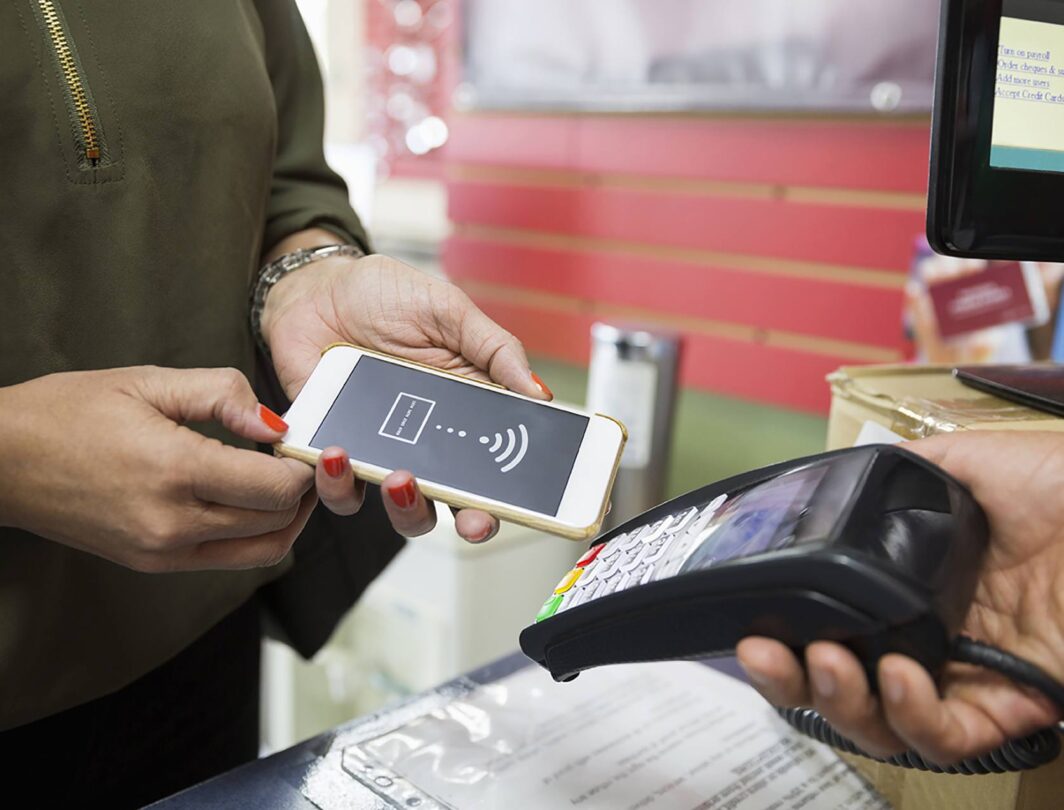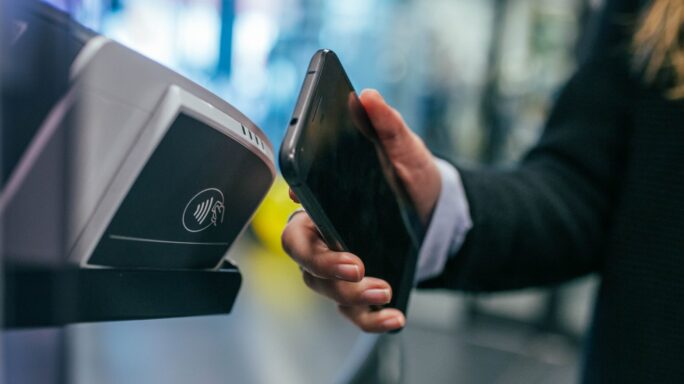Money Matters
The future of payments is now: Here’s what it means for your business

“The future of payments is here right now.” That’s a rather bold proclamation, isn’t it?
But stop and think for a second.
When was the last time you saw someone enter a PIN number for an everyday purchase? I bet it was a lot longer ago than when you saw someone pay with their mobile phone or contactless debit card.
Seamless card payments are no longer a novelty; they are an expected standard for our quality of life. But, of course as consumers, we always want to have our cake and eat it – so these seamless, contactless payments need to be as secure as they are quick.
From cheques to a cashless society
However, it’s always important to remember our roots so that we can truly appreciate just how far the payments landscape has evolved and developed.
For example, cheques are very much considered an outdated form of payment, due to their inherent slow nature; most businesses have declined to accept them for a substantial period of time now.
Chip and PIN payments only became mandatory for retail card payments in 2006, with the very first contactless payment card being introduced just over a year later. In 2014, contactless spending exploded by 255% and now a cashless society is looking to become ever more a possibility.
However, it won’t be long until Generation Z are leading the charge when it comes to making purchases.
Seamus Smith, Sage’s EVP of Global Payments and Banking, recently revealed at a Sage Pay customer event in London that as Gen Z become economically independent, they will make up 40% of all consumers.
That’s 40% of consumers who are at the forefront of payment technology.
That is why the future of payments is now. Especially since in 2018, contactless payment volumes increased by 31% to 7.4 billion transactions. Meanwhile, cash payments are predicted to fall to 9% over the next 10 years.
Biometrics and payments
Biometric recognition has been at the heart of a number of recent ground-breaking technology developments, such as in passports – some of them now utilise iris and fingerprint technology to verify the identity of the holder.
However, it has been especially instrumental in payments.
Mobile payments are becoming increasingly more prevalent – and this wouldn’t be possible without the fingerprint recognition technology that’s embedded into our mobile devices.
However, voice payments are just around the corner.
Utilising AI speaker systems, such as Amazon Alexa, consumers can now donate to the British Heart Foundation as well as pay for a number of other products and services. This technology is clearly laying a tangible foundation for the future of voice-enabled payment systems over the coming years.
So, what does this mean for consumers? It all comes back to convenience and ease of use. Technology is always evolving to make things more efficient and the lives of users easier.
And that includes payment technology.
Chip and PIN made our payments more secure; contactless made them quicker; mobile payments made them more convenient; now, voice payment systems are looking to make payments even more seamless and integrated with our everyday lives.
Debit cards have massively overhauled how consumers expect to be able to pay for goods and services, and have hugely accelerated the speed at which transactions are completed.
If your businesses is still somewhat reliant on cash, you need to seriously start thinking about moving beyond just paper-based payment methods.
Three things to focus on for your payments system
What can you do to remain ahead of the curve of payment technology and ensure you are always offering the most current payment methods? The answer is: quite a number of things.
However, there are three key elements you should focus on when it comes to your payment systems.
1. Remember that your payments system is at the heart of your business
Understand that your payments system is more than the card terminal on your counter or the six or seven fields on your checkout page.
It’s the engine room that allows your customers to pay you. It’s the heart that circulates money, the lifeblood of any business.
2. Work out what your customers want
The primary factor driving the development of payment technology is consumers. Look at the value of card transactions you take and compare that to your cash payments.
If your customer base is favouring card payments over cash, then you may need to upgrade your payment system to accept the latest payment types as they come.
3. Use a payment provider that grows with you
As your business grows, you may end up outgrowing your payment system.
As a business, you may want to upgrade your payment system to accept more transactions per month, or even move into the world of one-click purchases with tokenisation (a form of encryption that allows businesses to store card details securely).
If you get stuck in a fixed-term contract with a provider who can’t scale with you, then your business may end up getting left behind as new payment technology emerges.
Conclusion on the future of payments
The world of payments is an agile, fast-paced one. Even more so now than ever, if your customer can’t pay the way they want to, you might lose their future custom.
Utilise new technology in the payments space, because money is the lifeblood of any business.
The future of commerce
Learn more about payment technology and its role in the future of commerce via a webinar and a white paper to help you rethink your customer experience.







Ask the author a question or share your advice